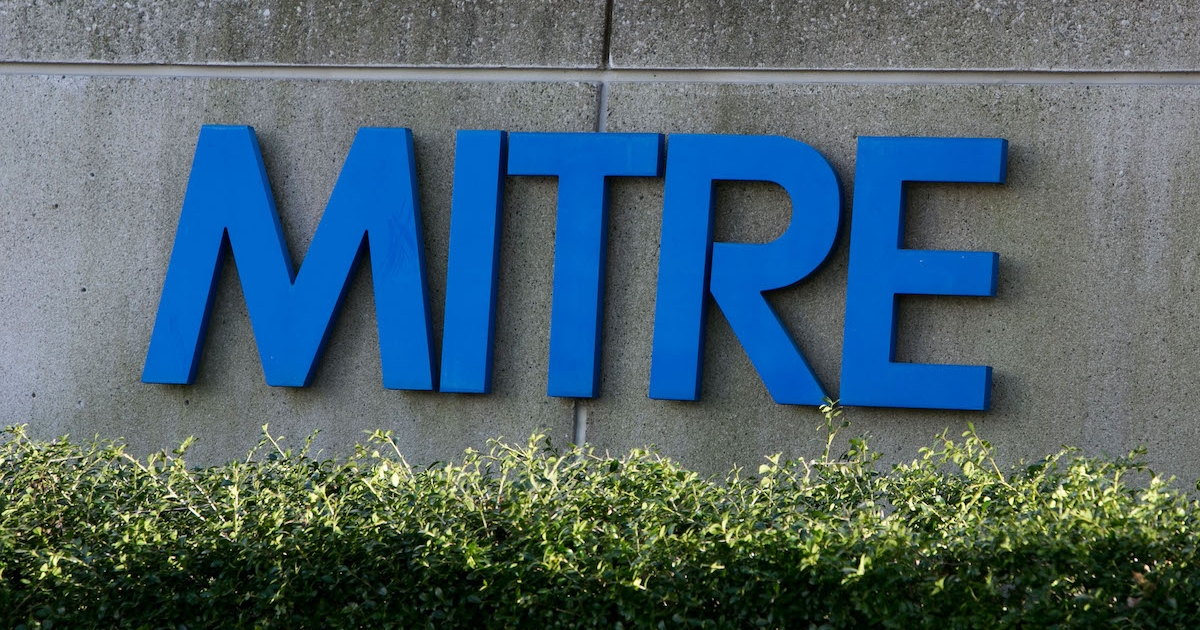
April 10, 2024 at 01:04AM
MITRE ATT&CK techniques dominate cybersecurity incidents, particularly command and scripting interpreters (T1059) and phishing (T1566). A report by D3 Security reveals these techniques surpass others significantly. The widespread usage of malicious scripts underlines the need for comprehensive incident response plans. Additionally, robust education and multifactor authentication help defend against phishing and other common attack methods.
Based on the meeting notes, the key takeaways are:
1. MITRE ATT&CK Techniques: Command and Scripting Interpreter (T1059) and Phishing (T1566) dominate the field of cybersecurity incidents, outpacing all other techniques by a significant margin.
2. Common Attack Techniques and Defenses:
a. Execution – Command and Scripting Interpreter:
– Attackers use scripts in popular languages like PowerShell and Python for automating malicious tasks and evading detection. Defenses include a thorough incident response plan and strict watch over privileges and script execution policies.
b. Initial Access – Phishing:
– Phishing and spear-phishing are the most common ways attackers gain access. Defenses include frequent education and awareness campaigns to protect employees from social engineering tactics.
c. Credential Access – Brute Force:
– Attackers use scripts to run through username and password combinations. Defenses include using strong passwords and implementing mechanisms like user lockouts after repeated login attempts.
d. Persistence – Account Manipulation:
– Attackers leverage compromised accounts to cement their position in a targeted system. Defenses include implementing stringent restrictions for accessing sensitive resources and continuous monitoring of logs to detect and respond to suspicious account activities.
Additionally, organizations are recommended to maintain vigilance through continuous monitoring of logs, operate under the assumption that the network has already been compromised, and streamline response efforts by automating countermeasures upon detection of confirmed security breaches.